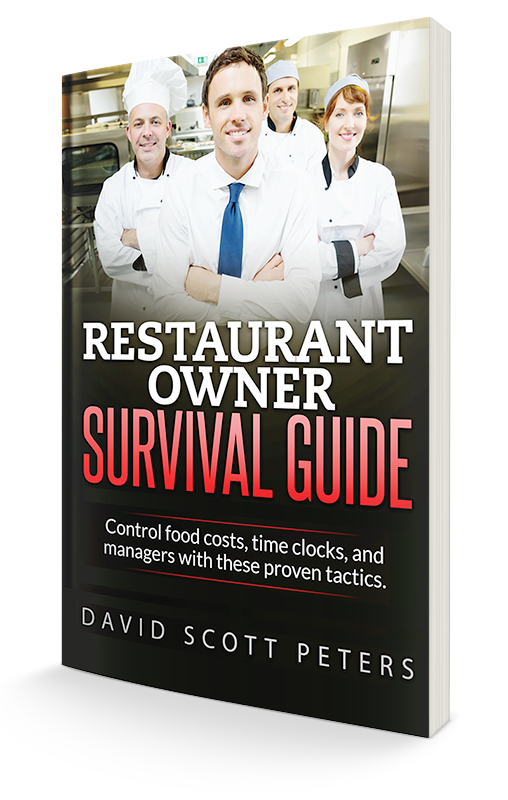Making Your Restaurant Bar Pricing Server Friendly
By David Scott Peters
When developing the price lists for your bar, your goal is to establish a set of prices that will yield the highest potential profit margins and cause the products to sell at their optimum sales volume.
The trick is to make pricing lists “user friendly.” This reduces employee pricing errors. Your research and hard work are negated when one of your employees fails to charge the appropriate sales price, even if the error results in a bigger sale. Your obligation is to treat your clientele equitably and safeguard your business’ reputation. This is worth more than a few extra dollars.
The following are suggestions on how to make your price lists easier to use and less prone to employee pricing errors:
1. Establish major price categories
Group products together based on their wholesale costs. Use a standard increment such as a quarter or 50 cents to separate the price categories. For example, the well price plus 50 cents equals the call price. Call plus 50 cents equals the premium price, etc. Commonly used price categories include well, call, premium, super premium and top shelf. Grouping similarly priced products together necessitates the staff learning fewer prices. (Please note the exception to categories: top shelf liquors will be priced individually because the product cost can range greatly.)
2. Keep drink prices based only on quarters
Prices ending in 25 cents, 50 cents or 75 cents are easier for bartenders and servers to add mentally. In addition, rounding prices up to the nearest quarter makes them less sensitive to wholesale cost increases.
3. Product prices hinged to a specific portion
List the sales prices for each product in the operation’s liquor inventory with a corresponding portion. For example, the listed sale price for an Absolute and tonic made with 1 ounce of Absolute is $4. An Absolute martini made with 1 ½ ounces of Absolute should be listed at $6.
4. Pricing doubles
A double made with twice as much product as a regularly prepared highball is extremely potent, costly and steeped in liability. It is therefore a sound business practice to charge twice the price or not to serve doubles at all.
5. Happy hour pricing
Restaurants that offer happy hour specials usually lower the sales price of well liquor and/or domestic draft beer, where volume sales makes up for the loss in margin. The sale prices of all other products should remain unchanged.
A systemized pricing list is one example of a system behind the bar that will maximize profits. What are some of the ways you are controlling your profits behind the bar?
David Scott Peters is a restaurant expert, coach, trainer and speaker, specializing in systems for independent restaurant owners. He is the nationally acclaimed restaurant coach whose unique “SMART Systems” approach to boosting profits has earned him the title of, “The man who can walk into any restaurant in America and find $10,000 in undiscovered cash before he hits the back door – Guaranteed!” Visit www.TheRestaurantExpert.com for more. Learn more tips, tricks and secrets in David’s free five-part e-course, “How to Explode Your Restaurant Profits NOW!” Simply sign up to receive the e-course at TheRestaurantExpert.com.


